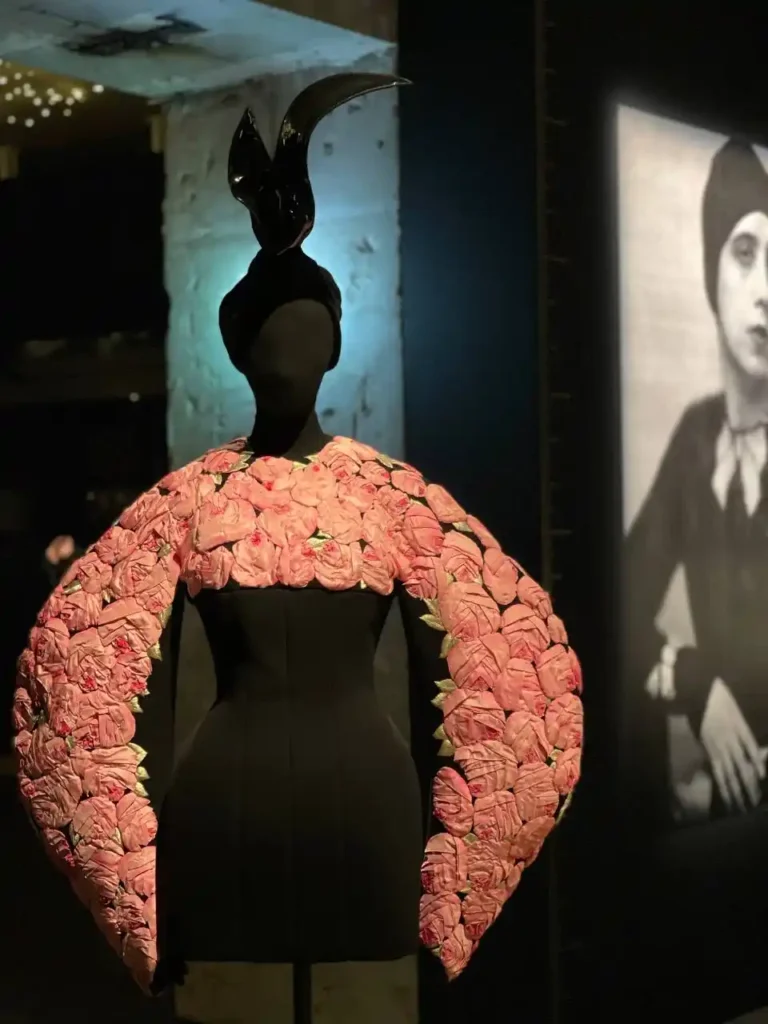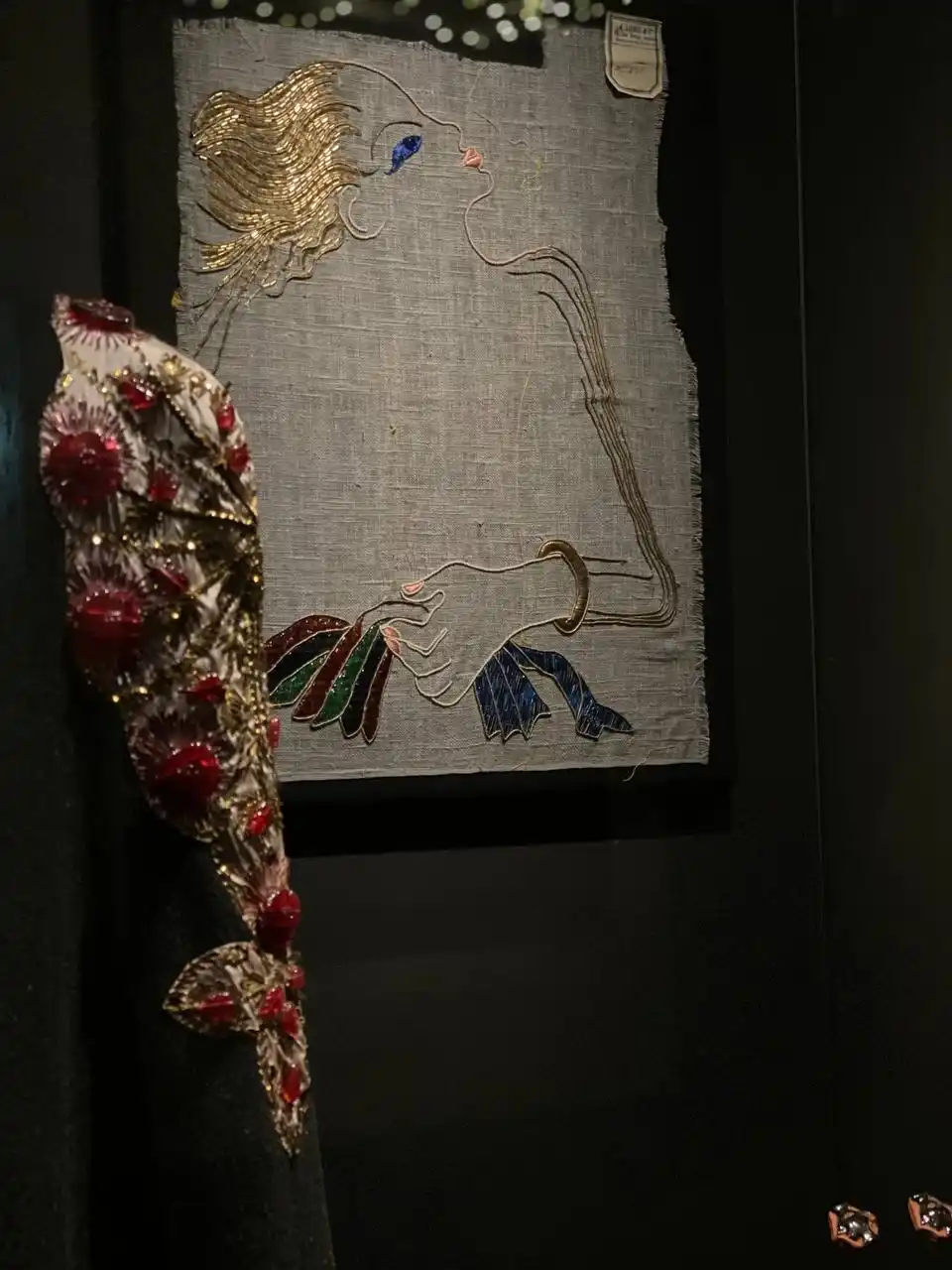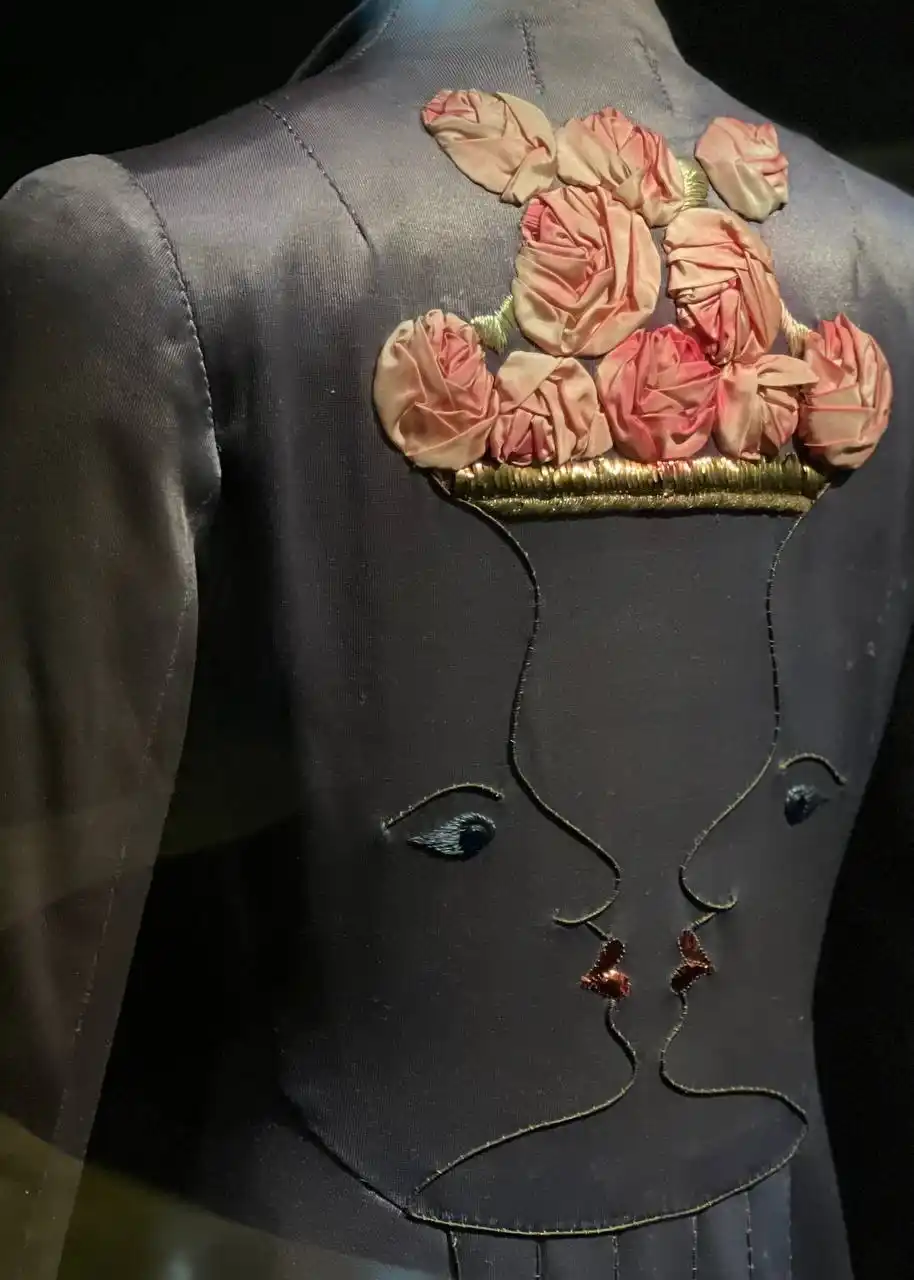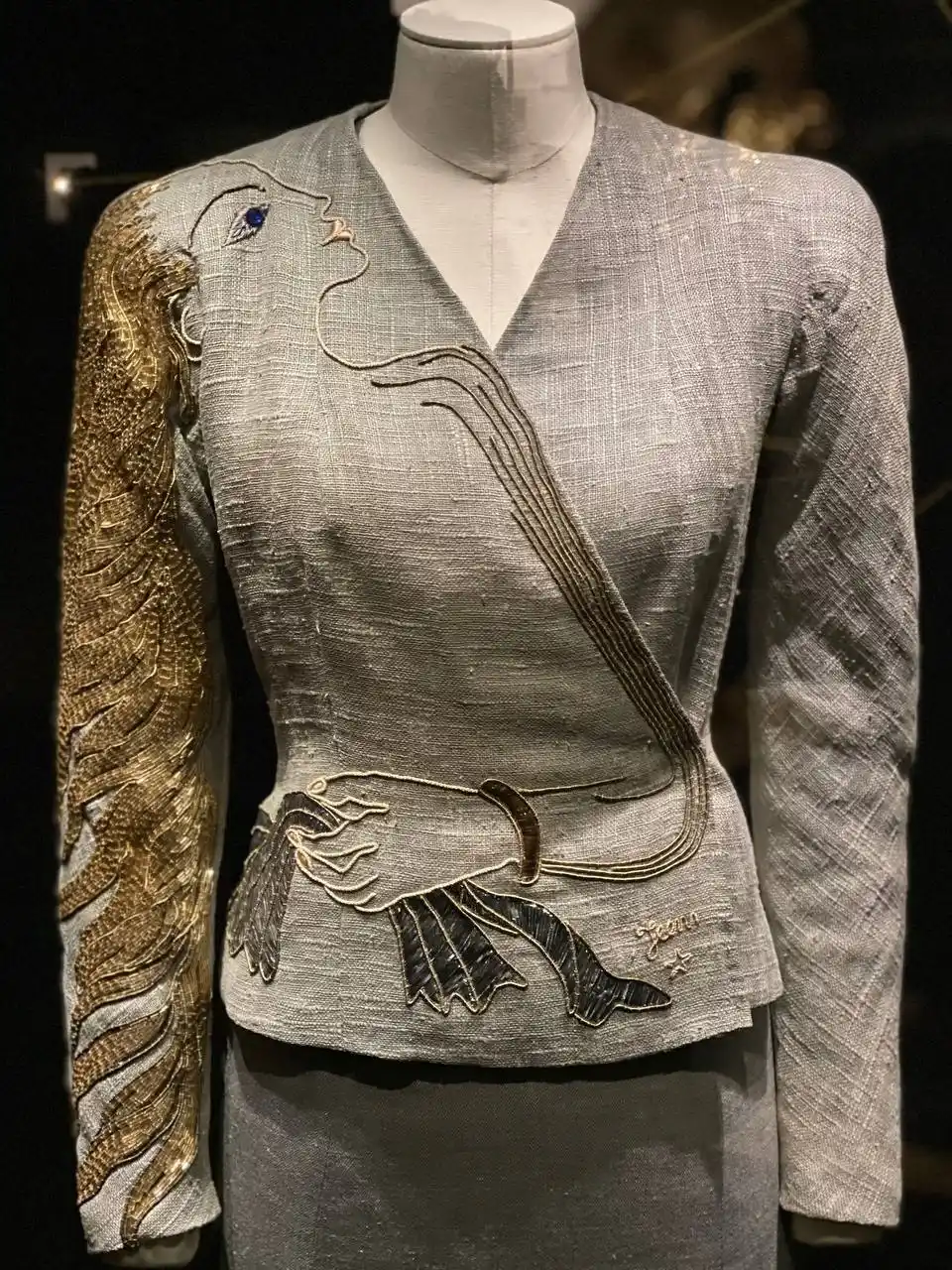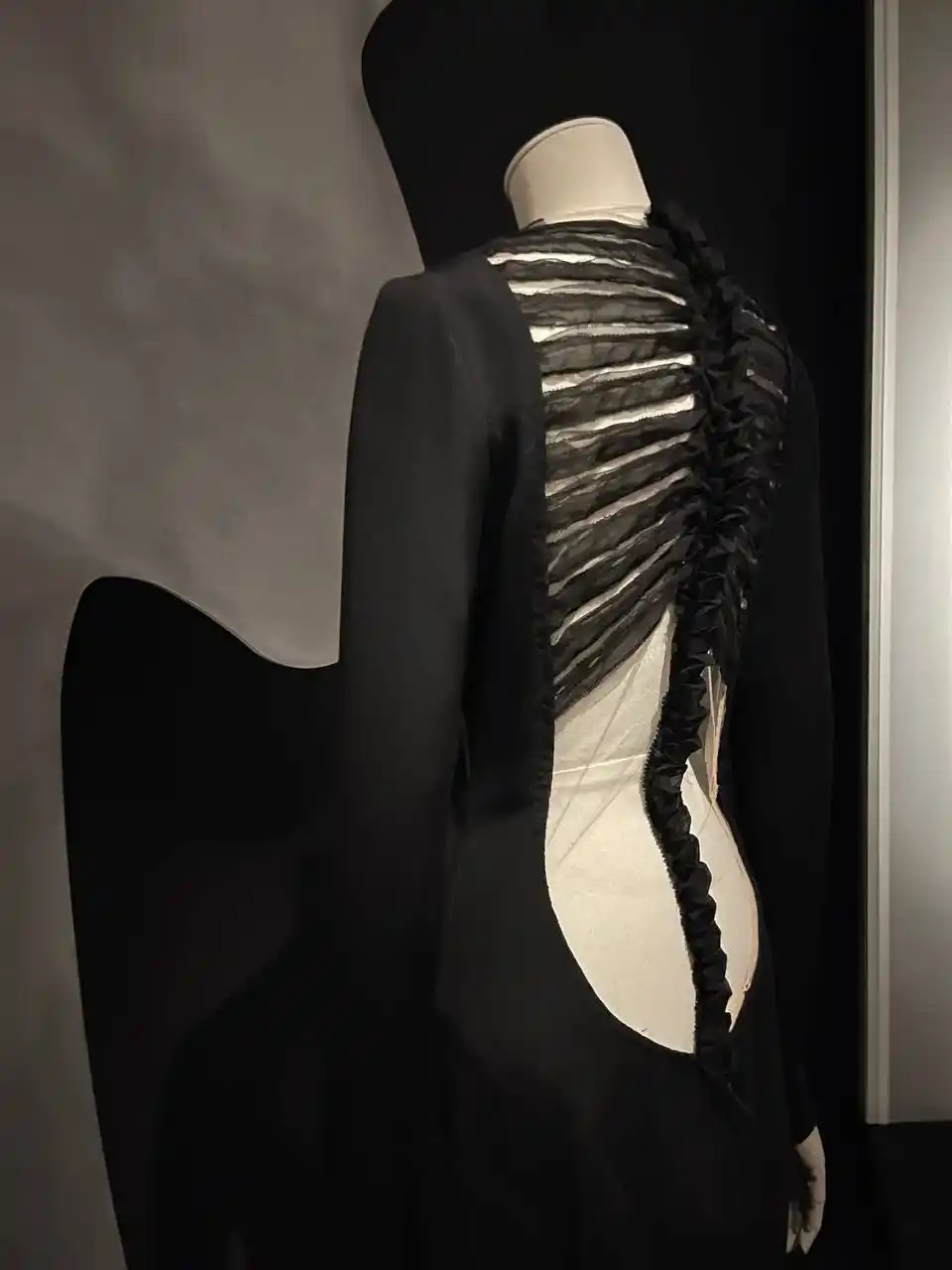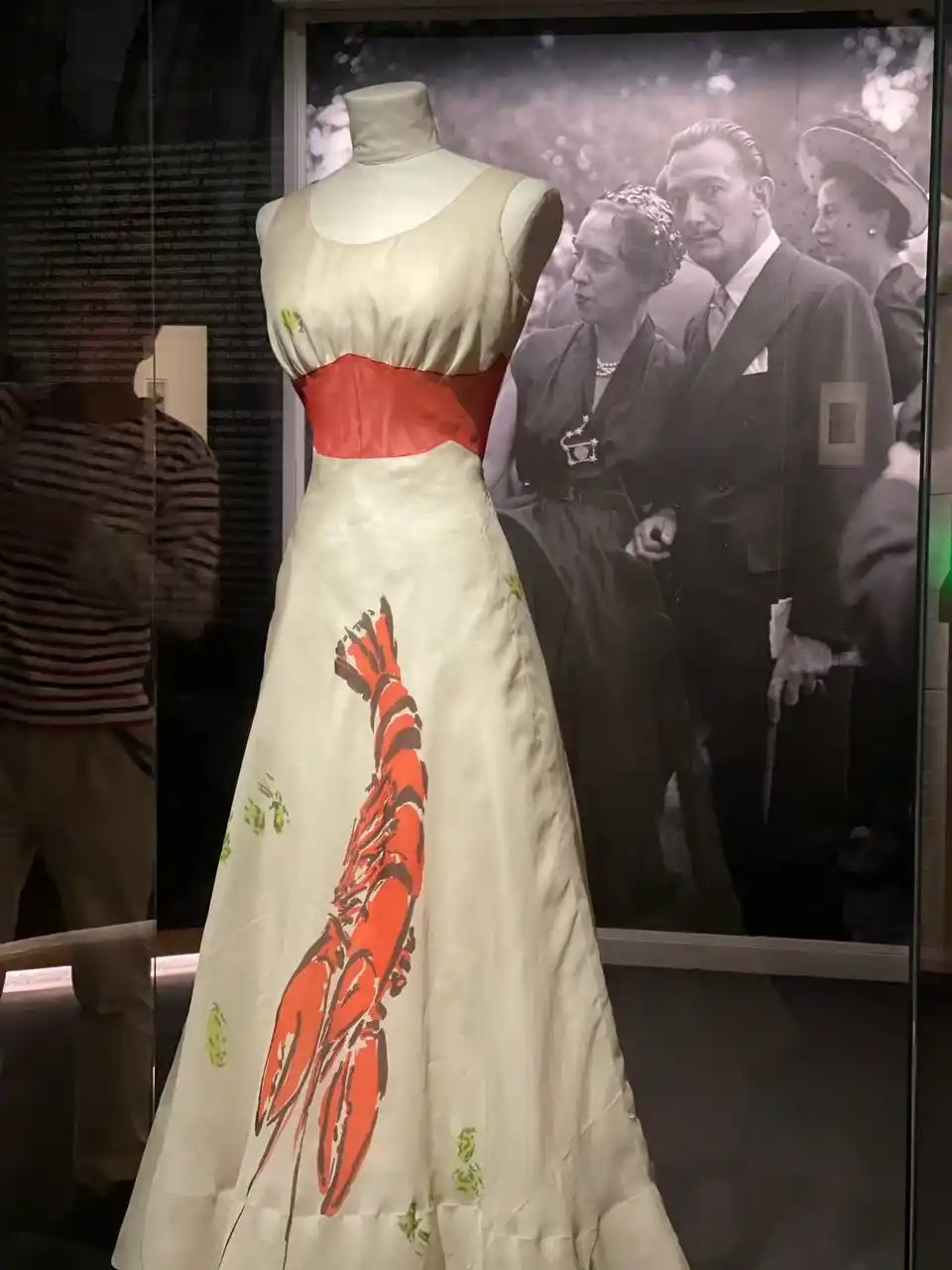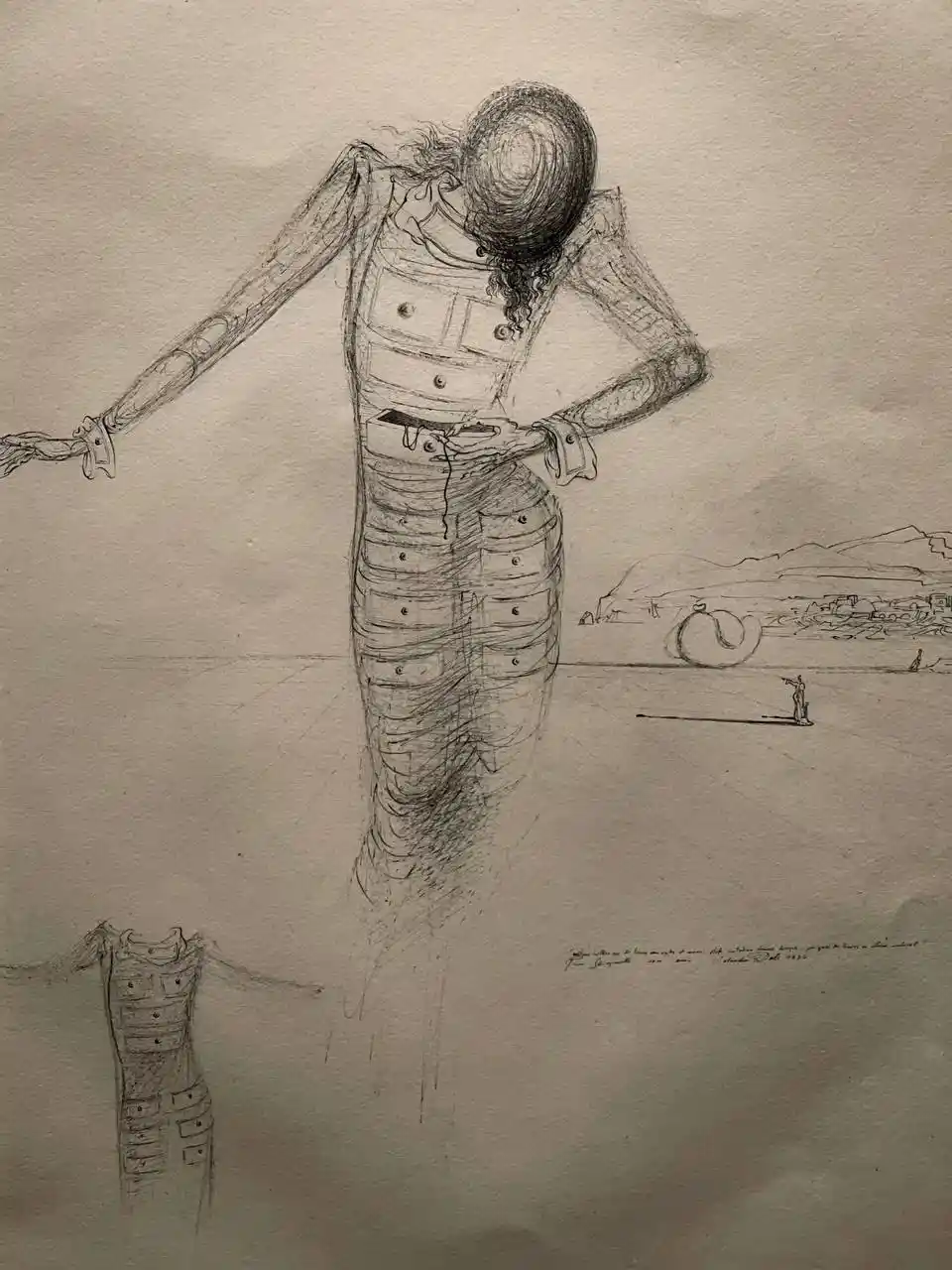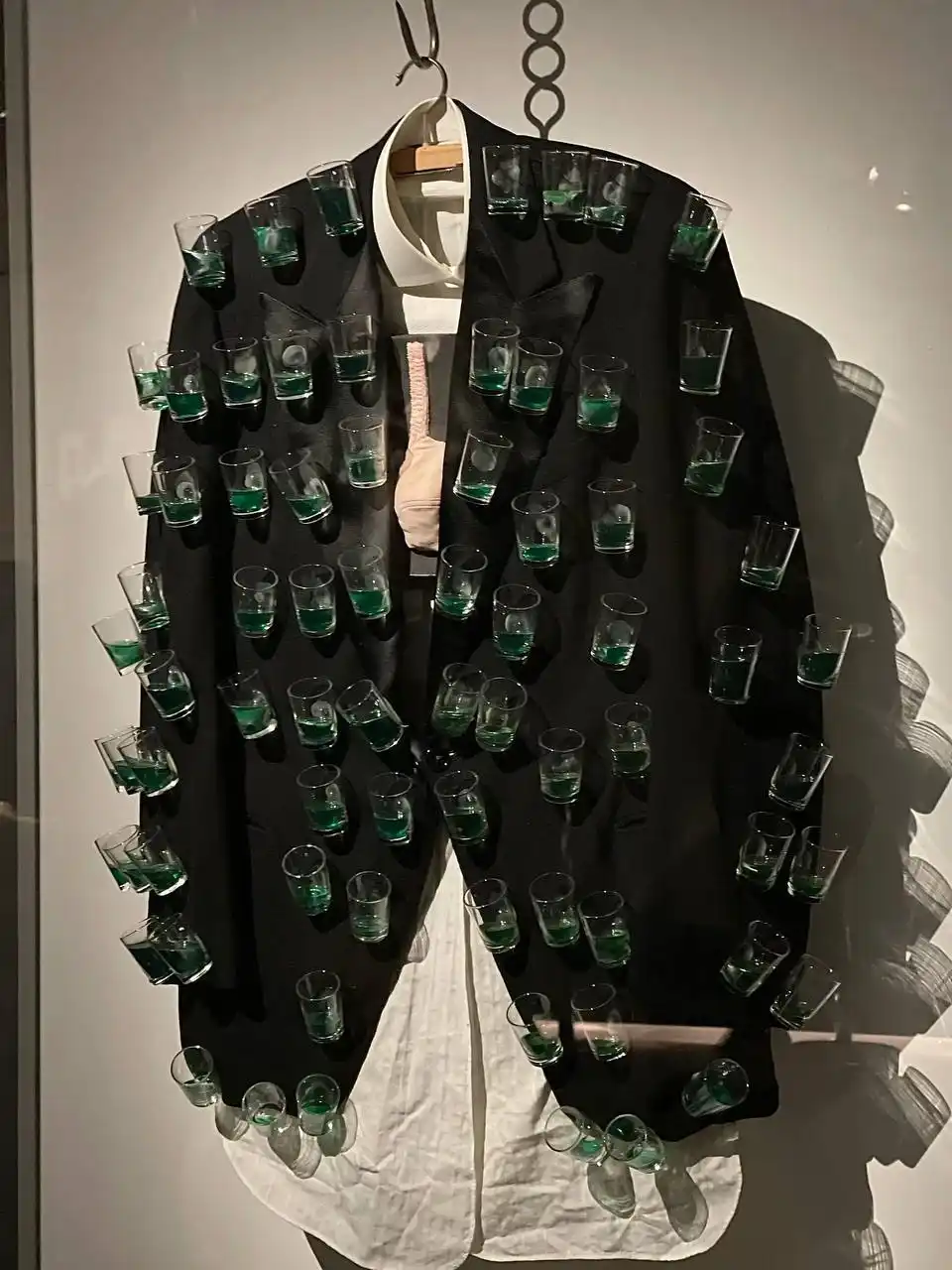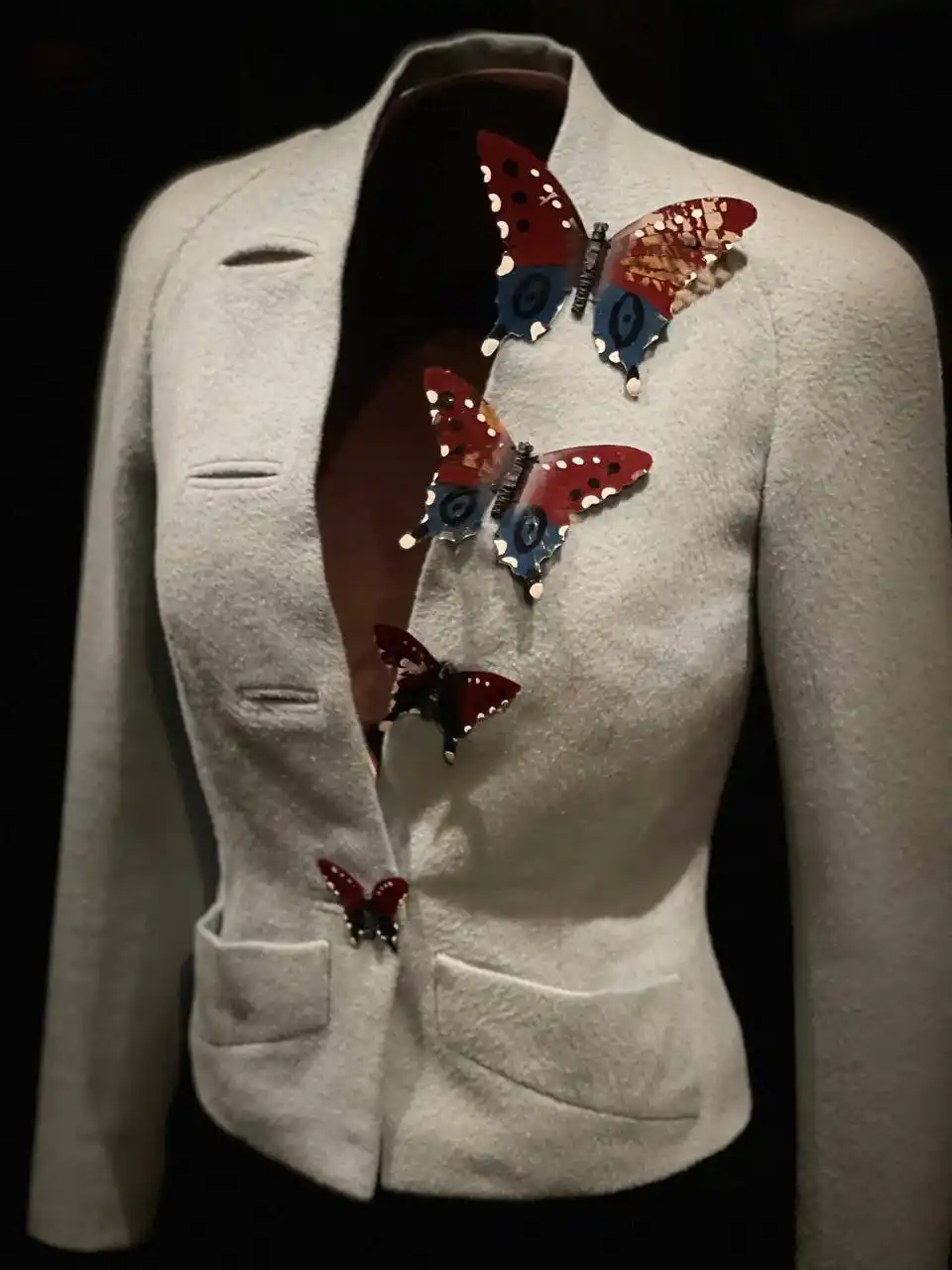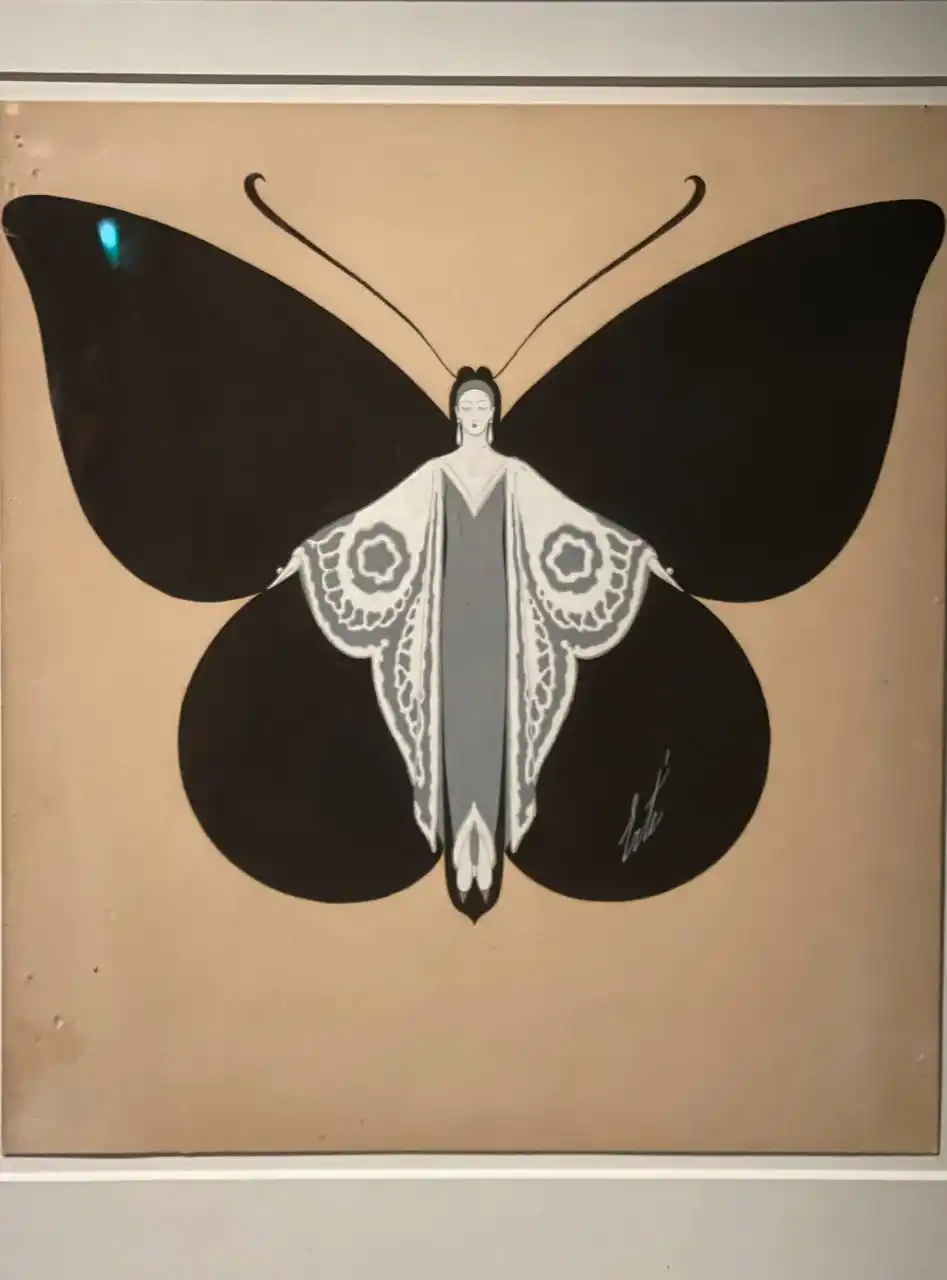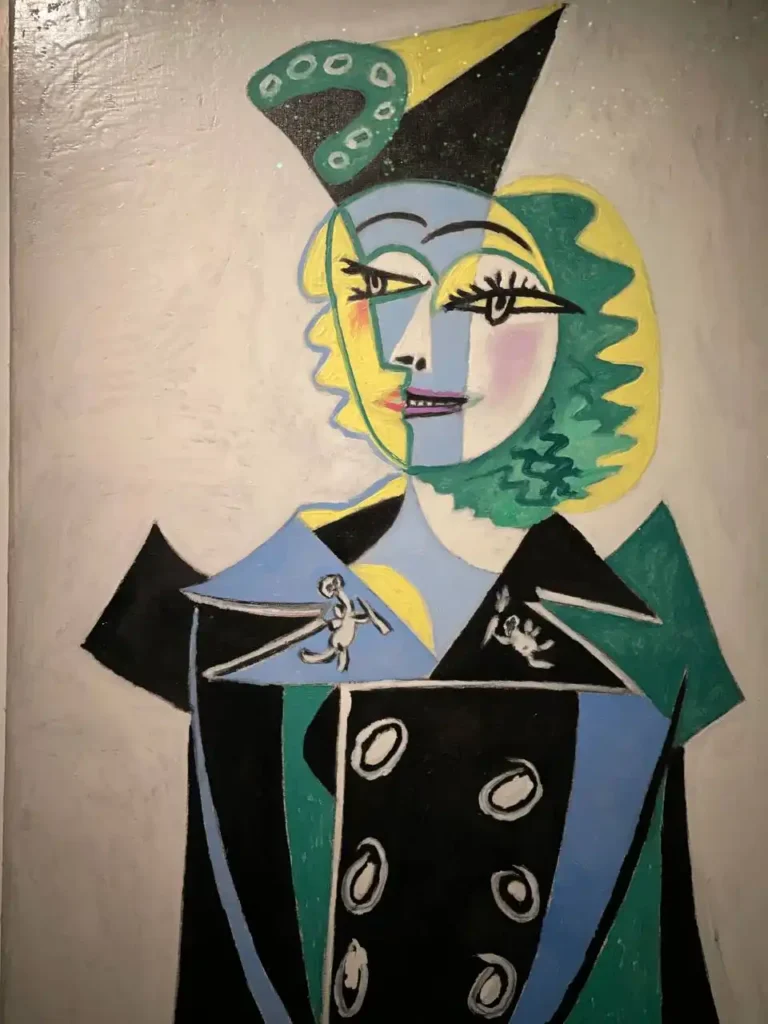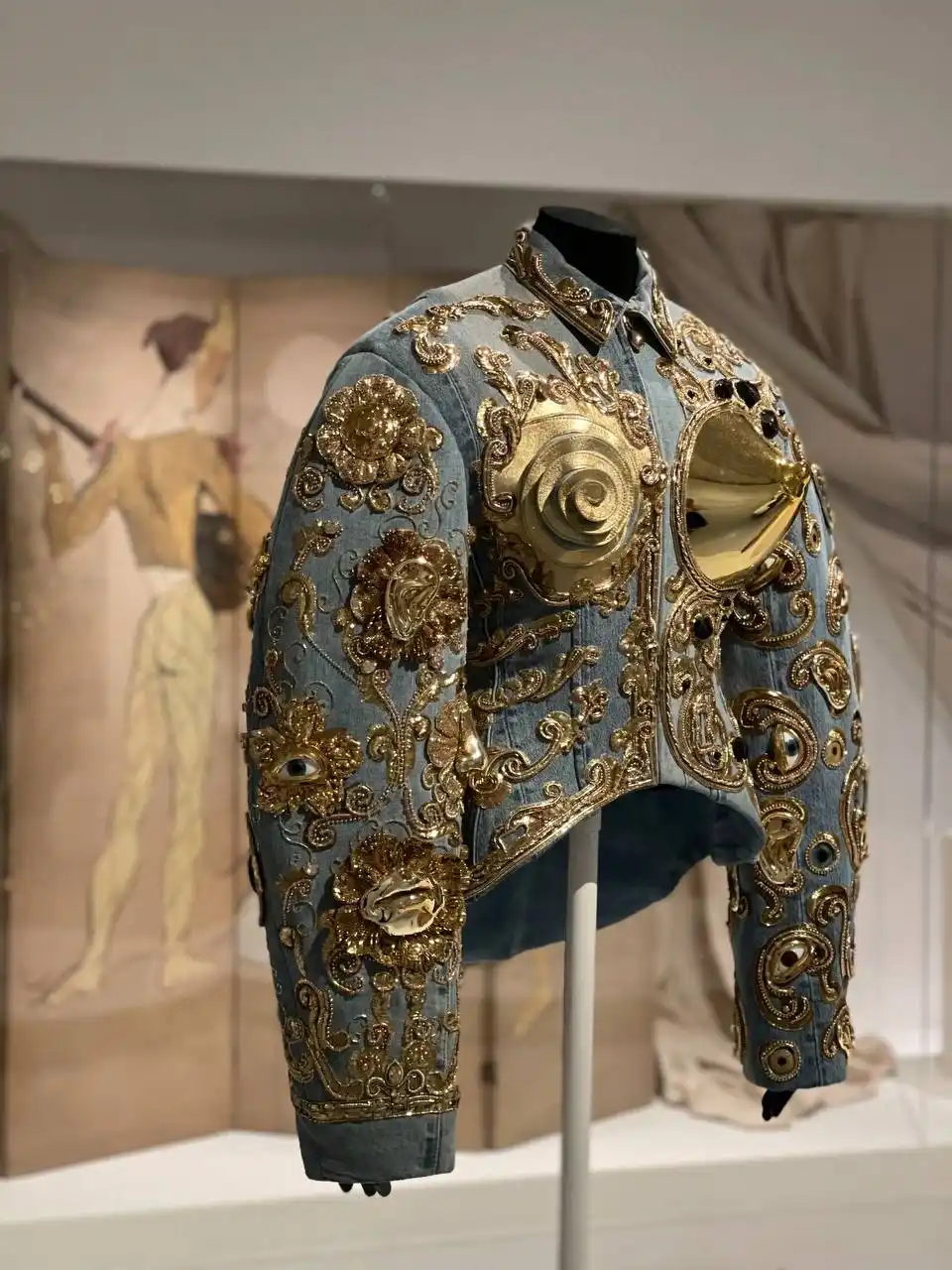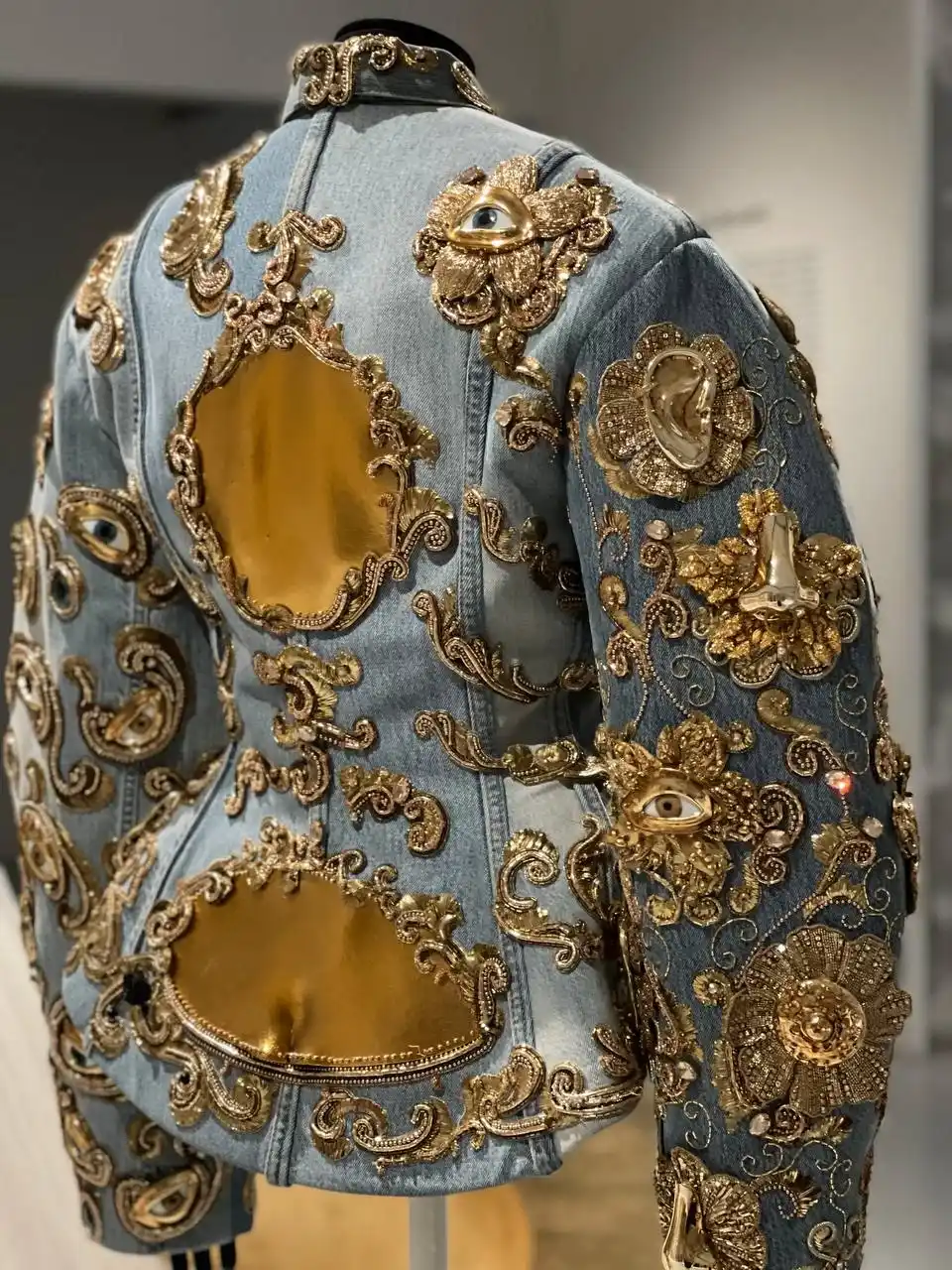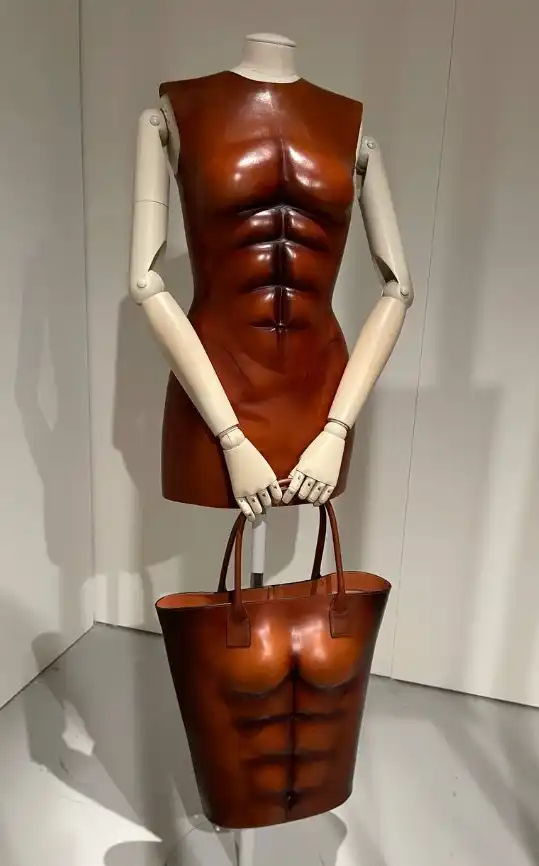The Musée des Arts Décoratifs in Paris (MAD) organised a major retrospective of Italian fashion designer Elsa Schiaparelli. She was a striking avant-garde figure of her time and a true self-made woman. Her fashion house Schiaparelli continues to blur the line between fashion and art to this day, maintaining a touch of surrealism in the brand’s DNA. This exhibition aims to shed light on the sources of the designer’s inspiration. We will only show you part of the exhibition. We advise you to visit the exhibition before 22 January 2023 to fully immerse yourself in the fantastic world of Elsa Schiaparelli.
“Working with artists like Bébé Bérard, Jean Cocteau, Salvador Dall, Vertès and Van Dongen, and with photographers like Hoyningen-Huene, Horst, Cecil Beaton and Man Ray, was exalting. We felt helped, encouraged, lifted above the boring, material reality of making dresses to sell.”
Schiaparelli created clothing as others create art. For her was very important to work closely with artists in different fields with artists in different domains (painters, sculptors, illustrators, furniture and jewellery makers, photographers…). Artist friends perceived her as an artist equal to them. Schiaparelli surrounded herself with people who had strong personalities, capable of understanding her fantastical vision and also surprise her.
In Schiaparelli’s view, fashion allowed for all manner of contributions at each stage of the creative process of a collection. From the conception of a piece (Cocteau, Dali), the design of a print or a perfume bottle (Leonor Fini, Jean-Michel Frank), the creation of a piece of jewellery (Elsa Triolet, Meret Oppenheim, Alberto Giacometti and Jean Schlumberger) to what we today call the visual identity of the Maison de Couture.
Poet Jean Cocteau admired Elsa Schiaparelli and as a proof of their friendship, he offered two drawings to her, “the most eccentric of designers.” Inspired by his present, the couturière transferred the drawings to an evening coat and a suit jacket in the Fall 1937 collection.
Elsa Schiaparelli chose the butterflies theme for her collections Summer 1937. For the designer, as for the Surrealists, the butterfly was a source of marvel and aesthetic emotion. Because they are born from an egg, transformed into caterpillars. Butterflies were considered to be a symbol of the fragility of beauty and the brevity
Nusch Eluard wife of poet Paul Eluard, a close friend of André Breton, posed for Pablo Picasso in the summer of 1937. In the portrait she is wearing a Schiaparelli jacket from the
Winter 1937-38 collection that features golden cherub lapel pins created by Jean Schlumberger. Her so-called “In the Wind”
hat sports a horseshoe, symbol of good luck often used by the designer on clothing and jewellery.
The designer Yves Saint Laurent gave a little nod to Schiaperelli, and Picasso’s painting, by recreating the jacket for his 1979 Fall-Winter collection
Portrait de Nusch EluardParis, autumn 1937
Schiaparelli’s Maison was closed from 1954 until 2006. The founder of the Italian luxury group Tod’s, Diego Della Valle reopened its doors and the following year in July 2013, the designer Christian Lacroix create a Haute Couture collection that was an homage to Elsa Schiaparelli’s legacy.
In April 2019, Daniel Roseberry became the Maison’s new artistic director. During his tenure at Schiaparelli, Roseberry has resurrected some codes while paying homage to Elsa’s famous love of Surrealism. At the same time, he created a new aesthetic vocabulary with his frequent use of gold jewelry and hardware, repurposed denim, and molded leather and metal breastplates. Like Elsa herself, who was known for her technical innovations, Roseberry is particularly interested in experimenting with new and unlikely fabrics, and pushes the boundaries of what couture can-or should-be.

